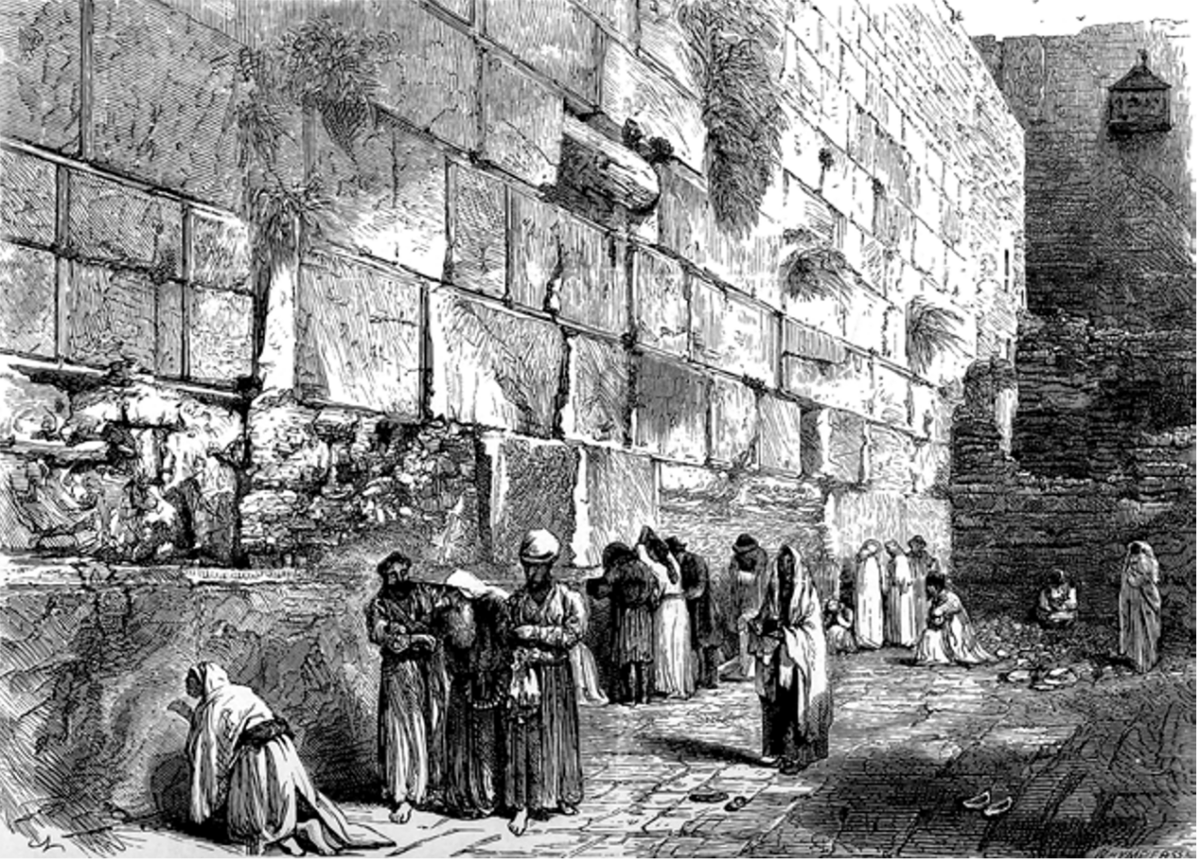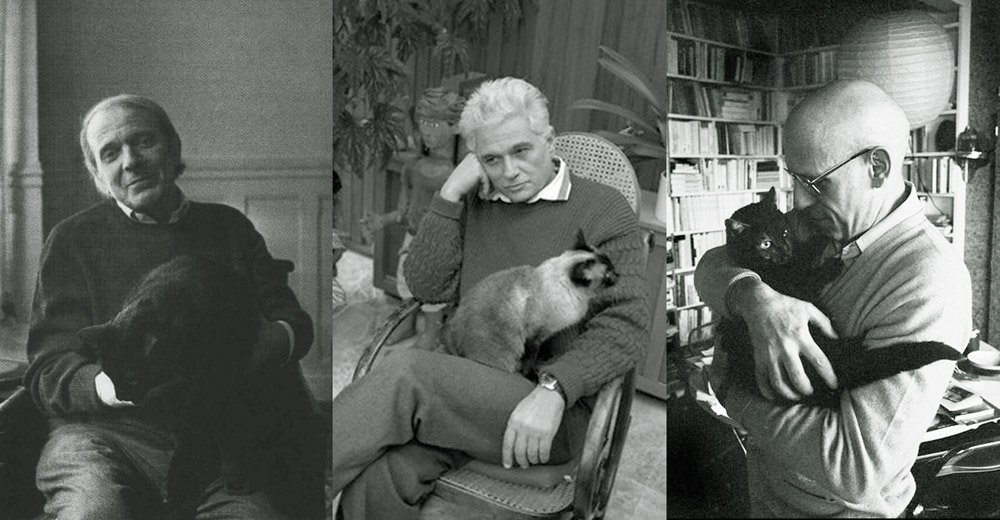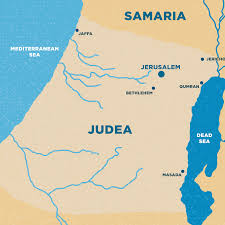
Reporter - Novelist - Filmmaker - Romancier - Réalisateur de documentaires.
https://t.co/wukR3AdTR8?
How to get URL link on X (Twitter) App


 1. Dividing the State Around the Judicial Reform — A Signal to the Enemy
1. Dividing the State Around the Judicial Reform — A Signal to the Enemy 

 1. Diviser l’État autour de la réforme judiciaire — un signal à l’ennemi
1. Diviser l’État autour de la réforme judiciaire — un signal à l’ennemi

 1. Une présence juive ininterrompue
1. Une présence juive ininterrompue

 2. L’expansion mondiale d’un virus moral
2. L’expansion mondiale d’un virus moral

 The Ideologies of Renunciation
The Ideologies of Renunciation 

 Planck et l’idée des « quanta »
Planck et l’idée des « quanta »

 2) Early involvement in politics—and why
2) Early involvement in politics—and why

 Hajj Amin al-Husseini : le protégé de la République
Hajj Amin al-Husseini : le protégé de la République

 Financing Terrorism: A Persistent Pattern
Financing Terrorism: A Persistent Pattern

 Financement du terrorisme : une constante qatarie
Financement du terrorisme : une constante qatarie

 Une appropriation tardive et artificielle
Une appropriation tardive et artificielle

 Pogroms and Massacres Before 1948
Pogroms and Massacres Before 1948

 Pogroms et massacres avant 1948
Pogroms et massacres avant 1948

 L’œuvre de Spinoza
L’œuvre de Spinoza

 L’ascension du Hamas
L’ascension du Hamas

 Ses racines intellectuelles plongent dans les marécages de la déconstruction. Foucault, Derrida, Deleuze et leurs héritiers ont sapé les notions de vérité, de tradition et même de réalité biologique, en imposant l’idée que tout est langage, tout est construction, tout est oppression. Dans ce laboratoire philosophique, l’Histoire devient procès permanent, l’Occident est coupable par essence, et la civilisation elle-même n’est qu’un système à renverser.
Ses racines intellectuelles plongent dans les marécages de la déconstruction. Foucault, Derrida, Deleuze et leurs héritiers ont sapé les notions de vérité, de tradition et même de réalité biologique, en imposant l’idée que tout est langage, tout est construction, tout est oppression. Dans ce laboratoire philosophique, l’Histoire devient procès permanent, l’Occident est coupable par essence, et la civilisation elle-même n’est qu’un système à renverser.

 2/ The name “Palestine” comes from the Philistines, an ancient people who vanished centuries ago.
2/ The name “Palestine” comes from the Philistines, an ancient people who vanished centuries ago.